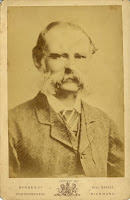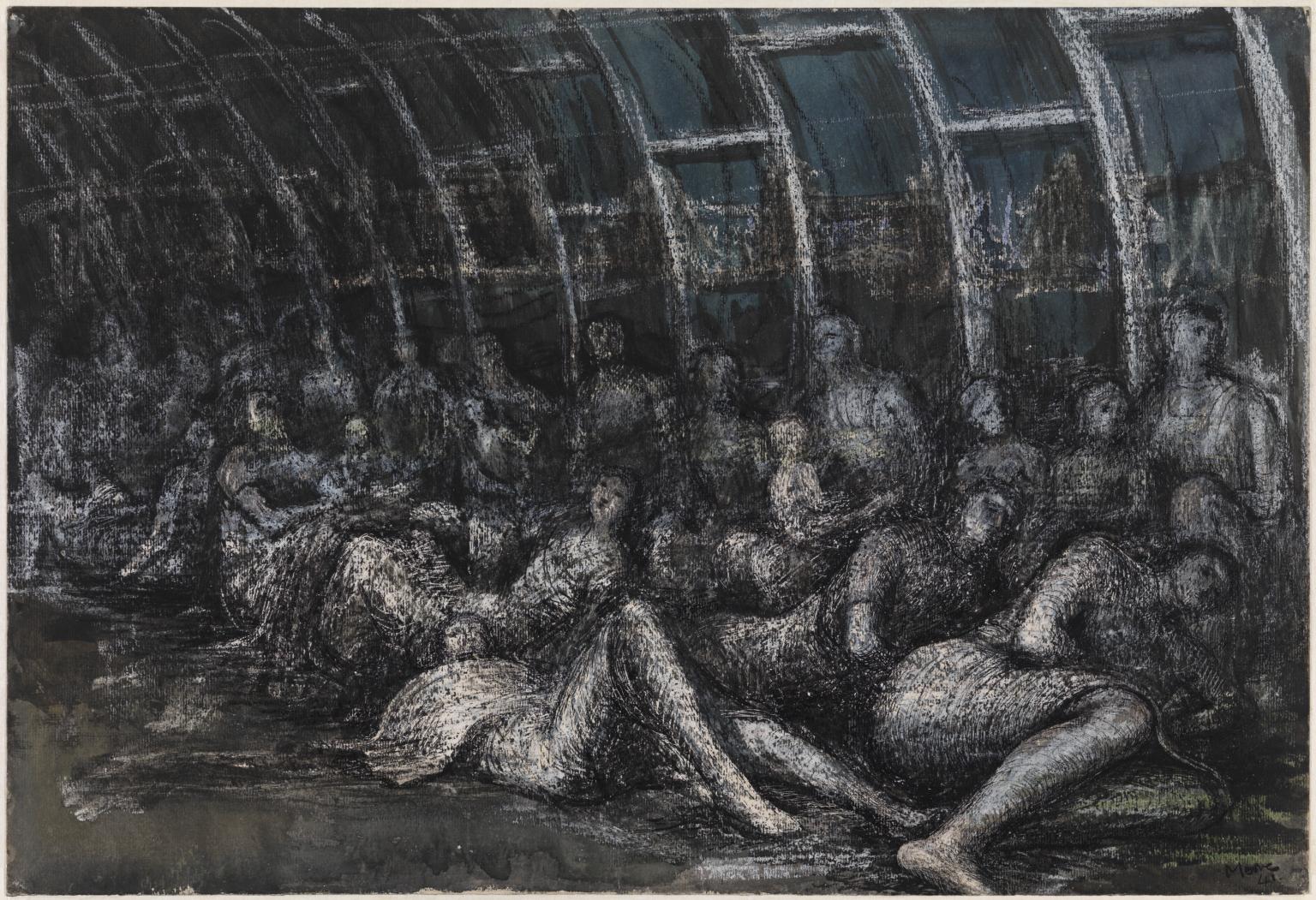I am sure that many people feel a sense of wonder and amazement when they realise that they have become serious artists and that it has happened despite there not being any artists in previous generations of their family. That little question, "Where does it come from?", pops into the mind.
This certainly happened to me when I began to get more and more involved in art, long after I had trained in other disciplines and ventures. However, despite the fact that none of my immediate forebears were painters, I was aware of a keen sense of artistry in my mother and her father, both skilled and successful photographers. So I assumed that I had simply chosen another form of expression.
Nonetheless, I found myself excited and gratified when I realised that one of my great-grandfathers had done beautiful renderings of sailing ships, simple and elegant. They seemed gentle messages of encouragement from the past. Then, just before the turn of this year, I discovered with a jolt of delight that I had another art link with the past. My great-great-grandfather, William Carmalt Clifton, was a landscape painter and draughtsman, as well as being the P & O Shipping Company agent in Mauritius and, later, in Albany, Western Australia, from 1861-1870. His last panoramic painting of Albany, done from his yacht in King George Sound, is now in the Western Australian Museum.
Interestingly, we have had in my family various miniatures of him as a young man and a larger oil on canvas painting of William Carmalt Clifton as a 13 year old. The 1832 painting above is a copy of one by Jacob Thompson, a Penrith artist (1806-1879) noted as a landscape and portrait painter who had Lord Lonsdale as his patron.
William Carmalt Clifton, aged 13 years, from painting by Jacob Thompson 1832 (HENRIETTA.RADCLIFFE/1955/ AFTER JACOB THOMPSON 1832)
Miniature of William Carmalt Clifton, now in family collection at Western Australian Museum (Image courtesy of Western Australian Museum)
Interestingly, we have had in my family various miniatures of him as a young man and a larger oil on canvas painting of William Carmalt Clifton as a 13 year old. The 1832 painting above is a copy of one by Jacob Thompson, a Penrith artist (1806-1879) noted as a landscape and portrait painter who had Lord Lonsdale as his patron. We also have this photograph of the same Clifton forebear.
William Carmalt Clifton, probably taken after 1872
It is indeed fun to find links - and thus validations - of one's choice of profession and passion that stretch back centuries into the past. Plus ça change, plus ça reste le même, as they say.
















